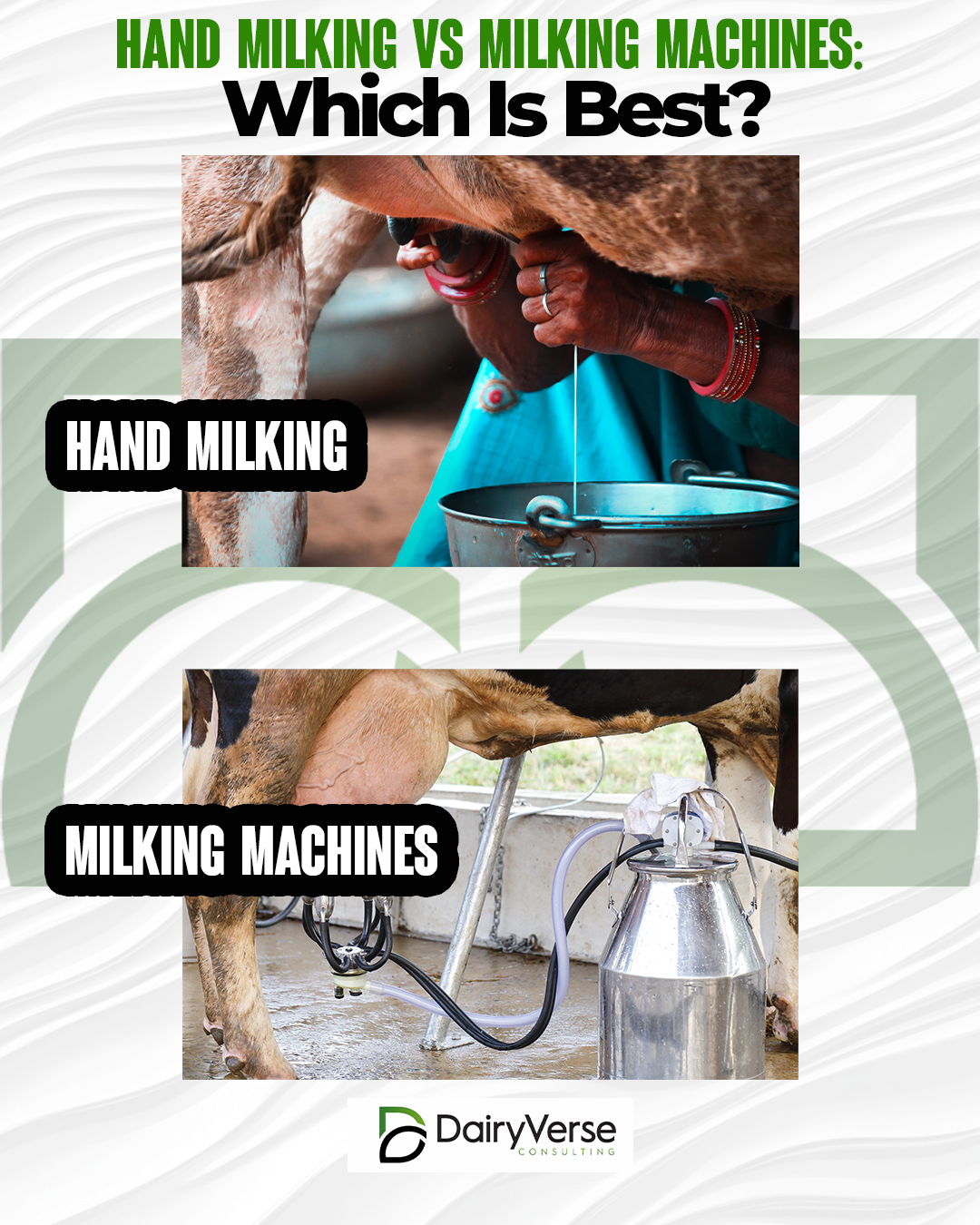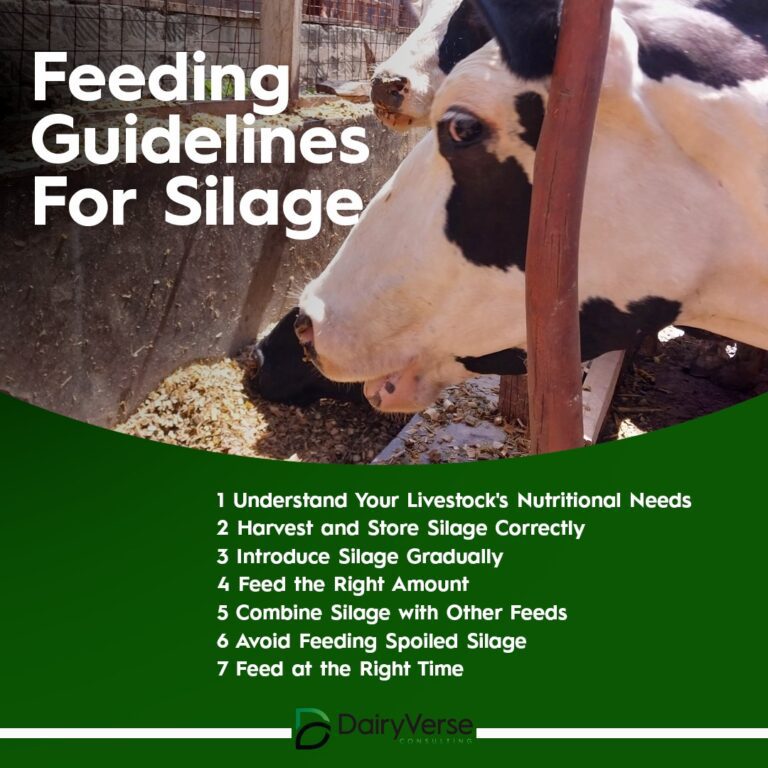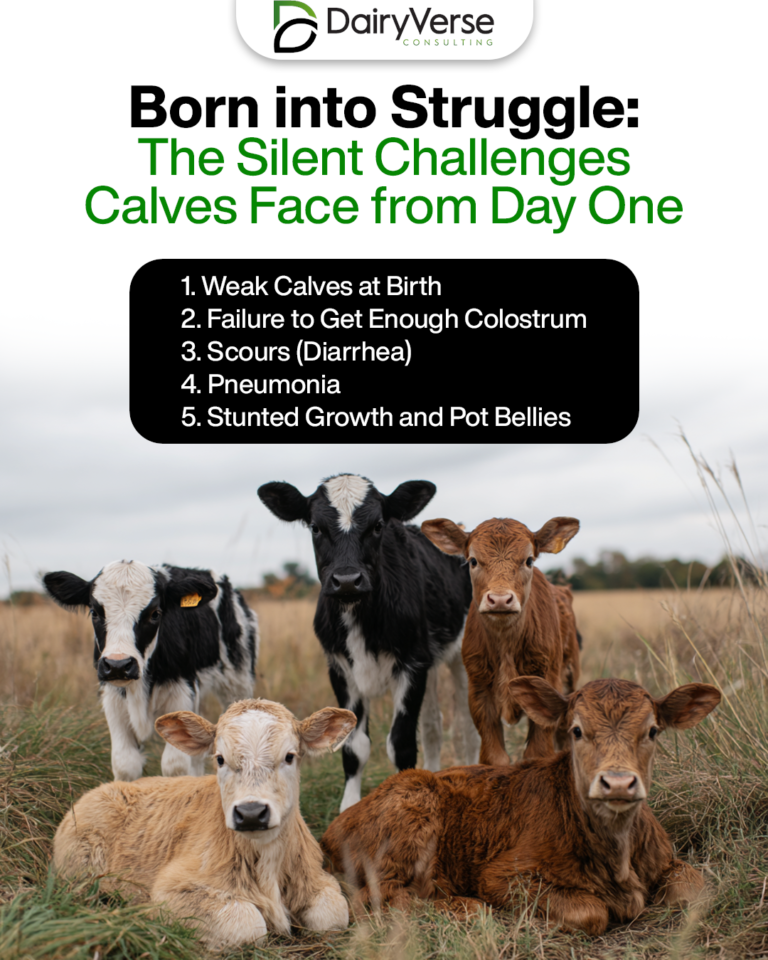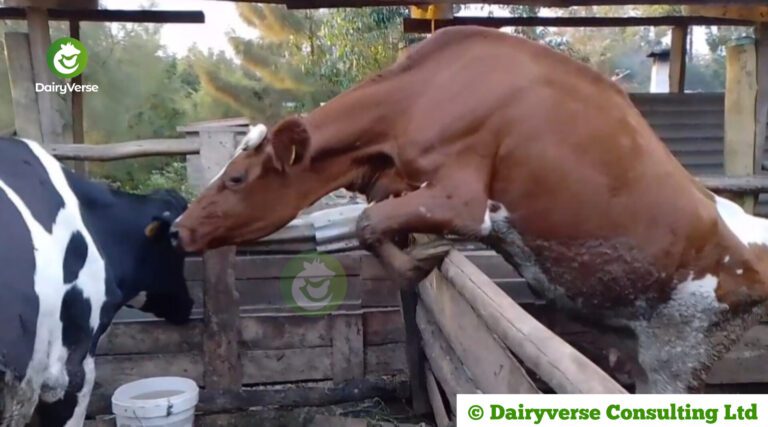Hand Milking vs. Milking Machines: Which Is Best?
For centuries, hand milking was the only option for obtaining milk from cows. Over time, modern technology introduced milking machines, revolutionizing dairy operations worldwide. If you’re wondering which method works best for you—hand milking or using a milking machine—here is an overview of both methods, with their pros and cons, to help you decide.
1. Hand Milking
Pros
- Low Initial Investment
Hand milking does not require large equipment purchases. All you really need are clean buckets or pails and a stool. This makes it an affordable option for small-scale farmers or homesteaders. - Gentle on the Cow
When done correctly, hand milking can be calming and less stressful for the cow. The milker can also spot health issues (e.g., udder infections, injuries) more easily because of close, direct contact. - Suitable for Very Small Herds
If you only have one or two cows, you might not need the speed or volume capacity that a milking machine offers. Hand milking is manageable and cost-effective for these small operations.
Cons
- Time-Consuming
Hand milking each cow can be slow, especially if you have multiple cows. This is why many larger farms transition to machines—they simply cannot keep up with labor demands by hand. - Labor-Intensive
Milking by hand requires consistent physical effort and technique. If you have a big herd, you will likely need more hands (and potentially more labor costs) to get all the cows milked in a reasonable time. - Technique Matters
Not everyone can produce good results without proper training. Poor technique can cause discomfort to the cow or reduce milk yield.
2. Milking Machines
Pros
- Efficiency and Speed
Milking machines can milk multiple cows at once. Large-scale farms with hundreds of cows use fully automated systems to maximize efficiency and keep up with supply demands. - Consistent Milk Yield
Because milking machines apply consistent suction and follow a standardized process, they often achieve more uniform milk extraction, potentially increasing yield. - Less Physical Labor
One or two trained workers can operate a milking machine, reducing strain and labor costs in larger operations. Milking machines handle the repetitive parts of the process, freeing farmers for other tasks.
Cons
- High Initial Cost
Milking machines—especially modern, advanced ones—can be expensive to purchase. There are ongoing costs such as maintenance, spare parts, and electricity or fuel to run them. - Maintenance and Hygiene Requirements
Machines must be carefully cleaned and sanitized to avoid bacterial growth. Any mechanical failures can set back the entire operation, leading to potentially spoiled milk or delays in milking. - Power Source Dependency
You need a stable source of electricity (or another form of power) to run milking machines. In areas with limited or unstable power, reliance on machines can be difficult.
3. Key Considerations When Choosing a Method
- Scale of Operation
- If you have just a couple of cows, hand milking is economical and straightforward.
- Medium to large farms typically benefit from milking machines for efficiency.
- Labor Availability and Skill
- Hand milking requires skilled technique and may require multiple workers for a bigger herd.
- A milking machine still needs trained operators, but fewer total workers may be required.
- Budget and Resources
- Hand milking is cheaper initially and simpler to maintain but requires more human labor.
- Machines require a higher upfront investment and consistent power, but can save labor costs long-term.
- Cow Comfort and Health
- Both methods can be gentle as long as they’re executed correctly and hygienically.
- Proper cleaning of hands, equipment, and udders helps avoid mastitis and other infections in any scenario.
- Time Constraints
- Hand milking takes longer, which can be a disadvantage if you have time-sensitive schedules or a large herd.
- Machines speed up the process significantly.
4. Making the Right Choice
Best for Small Herds / Homesteads: Hand milking is usually sufficient if you have one or two cows. The low startup costs and minimal infrastructure requirements make it ideal for homesteaders, hobby farmers, or those wanting a more traditional, hands-on approach.
Best for Large Farms / Commercial Operations: Milking machines shine in larger settings. Their efficiency, labor savings, and consistency justify the higher cost in operations that milk dozens or hundreds of cows. Modern milking parlors can significantly cut down on the time it takes to milk large herds, improving overall farm profitability.
Conclusion
Choosing between hand milking and a milking machine ultimately comes down to the scale of your operation, your budget, your time, and how much physical labor you are willing (or able) to invest. For a small homestead or personal family cow, hand milking is often sufficient and offers a close connection with the animal. If you aim to grow a larger dairy business, the efficiency and consistency of a milking machine will likely serve you best in the long run. Both methods, when done with proper care and hygiene, produce excellent milk. The key is to pick the process that best fits your current needs and resources.







